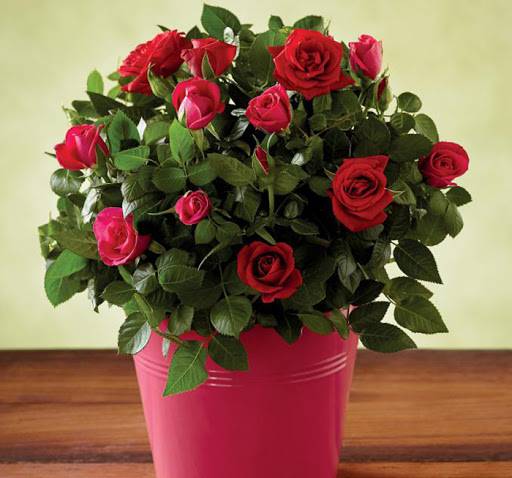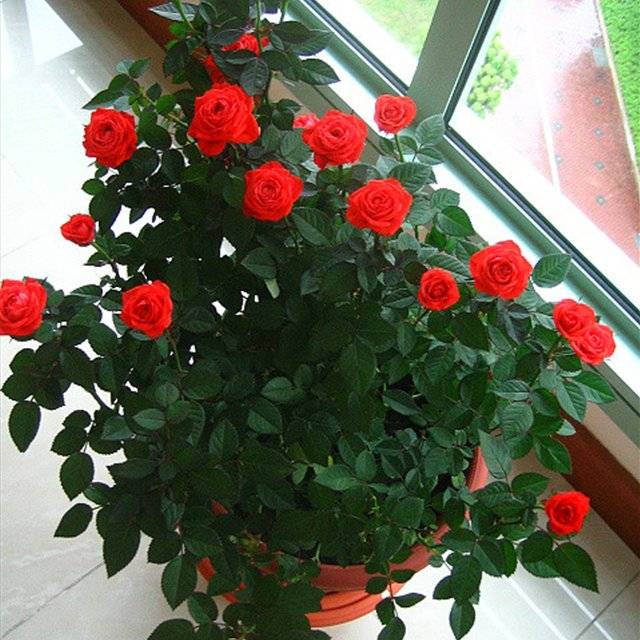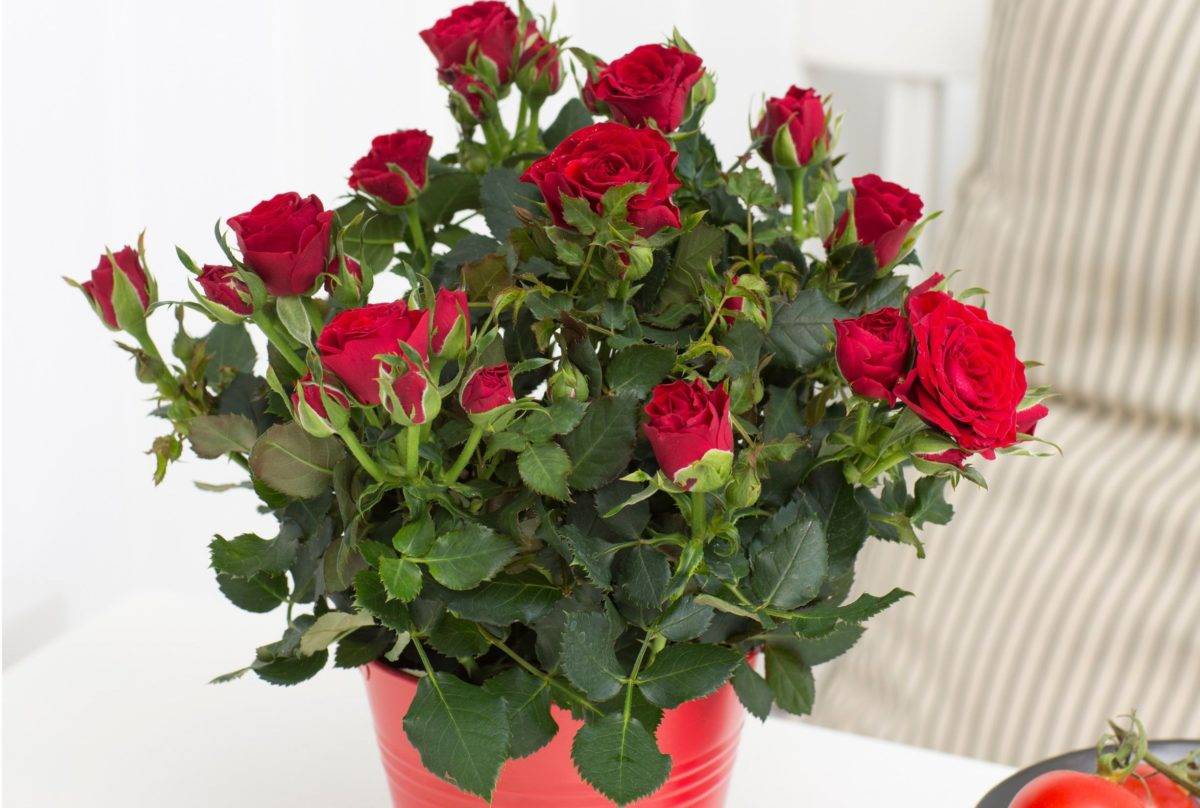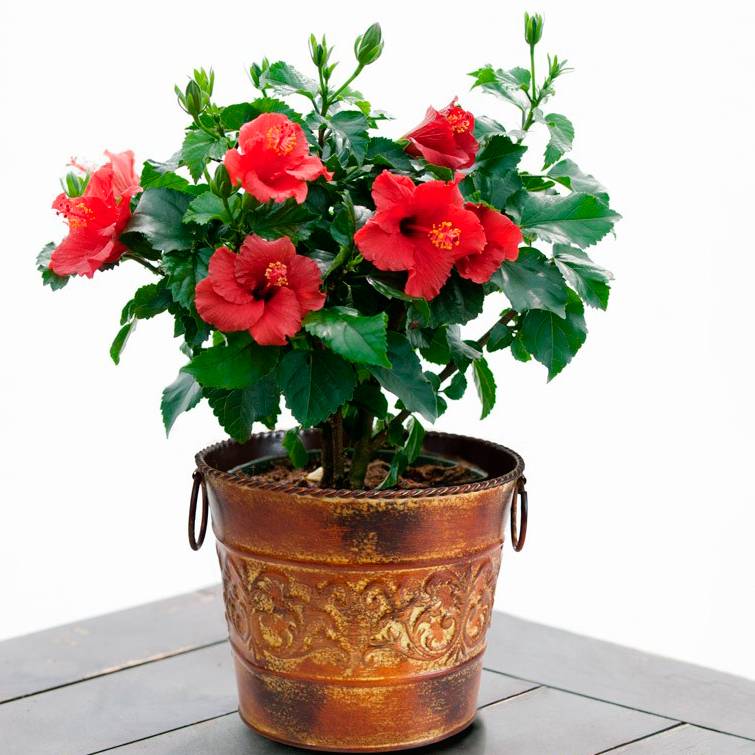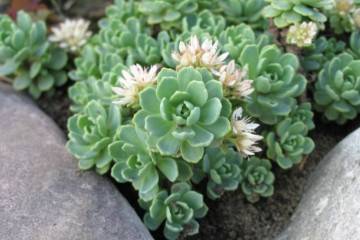Planting and caring for a rose at home
Content:
Indoor rose is an elegant and noble flower, and that is why it is in great demand among flower growers, even though it requires sensitive attention to itself. Many do not know if it is possible to grow roses at home, since such a flower can brighten up any design. This article will help you learn all the intricacies of growing thanks to several rules.
Growing and caring for a room rose at home
Before planting a rose in a pot, you should select a cool room with a high percentage of humidity. It should also be borne in mind that the plant needs enough light, which contributes to its active growth.
And to understand whether a flower needs direct sunlight, you can recognize it by its appearance, namely:
- if the foliage is glossy and dark green, then the plant receives enough light;
- pale and sluggish foliage indicates abundant lighting;
- with excessive sun exposure, a brown border and withered leaves are observed.
In the cold (autumn) season, it is highly desirable to use additional sources of lighting, since at this time the rose has catastrophically little light received due to the too short day. If you do not follow this rule of care, then the cuttings flower will lose its attractiveness and may not even bloom.
Important!Additional light sources must be placed on top of the plant, about 30-40 cm, since burns of the flower are extremely likely with side illumination.
How to keep a room rose after purchase
Often, the purchased flower is distinguished by its attractive appearance, and it even seems that there will be no problems with it. However, most often the purchased plant is saturated with various stimulants and placed in a special package that keeps the humidity at the same level. That is why many beginners have various problems with the plant a few days after the purchase. It loses its usual habitat after it was taken out of its sealed package, and begins to die quickly.
To prevent the subsequent sudden death of the plant, it is necessary to follow some rules for caring for a recently purchased room rose, namely:
- when the rose is wrapped in a package, it must be opened and removed urgently, since it disrupts air exchange, which causes fungi to appear;
- dry shoots and wilted leaves should be disposed of with garden shears or pruning shears;
- the buds of the purchased rose must be cut off, since they were originally saturated with special agents that do not benefit the plant;
- after transplanting the bushes, it is necessary to use special means that will protect the plant from the appearance of parasites that harm the flower.
Transplanting a room rose into a pot
Before proceeding with the transplant, you should carefully remove the plant from the store pot along with a lump of earth and carefully examine the root system.
Before planting a rose in a pot, it is necessary to prepare a container, at the bottom of which a drainage layer should be built using expanded clay or any other material and covered with soil mixture. After that, place the plant in the container, fill the empty space with fresh substrate and tamp it tightly so that the rose grows correctly. And after transplanting, water the flower with filtered or settled water from 28 ° C to 35 ° C.
How to care for a room rose at home
In order for a room rose to grow a strong, healthy and beautiful plant, it is necessary to take into account some recommendations and rules for its care:
- illumination and temperature conditions. It is advisable to grow a room rose in a room where the temperature level varies from 18 ° C to 25 ° C. Despite its name, this plant also requires fresh air, so in the warm season it should be taken out to the balcony if the rose is in the apartment, and in winter it should be regularly ventilated;
- watering rules and humidity. It should be watered with settled water at room temperature, as if used too cold, the plant may die. Also, the flower needs to be regularly moistened, regardless of the season;
- top dressing and soil quality. During feeding, it is recommended to apply a complex fertilizer and use it, starting in spring 1 time in 15-20 days, ending in winter;
- the size of the container for the flower must be selected according to the size of the root system and planted in a pot 2 cm larger in diameter than the previous one;
- pruning and replanting. In order for the bush to form beautifully and evenly during flowering, it is necessary to carry out regular pruning of the shoots, provided that they are stretched out in winter, dried out and weakened.
How a home rose blooms
When creating the most optimal conditions, the indoor rose can bloom every 8-9 weeks throughout the whole year. The charming bush is able to amaze the owner with its miniature flowers of various colors.
Diseases and pests of a room rose
Improper care and inappropriate conditions can lead not only to a stop of the flowering of the plant, but also to various diseases, the appearance of pests and the sudden death of the flower. There are some reasons for the appearance of major diseases and pests, which are discussed below.
The rose dries
Often, the plant begins to dry out during winter or summer time. In the warm season, the flower evaporates a huge amount of moisture. During this period, it is important to additionally moisturize the rose substrate so as not to achieve complete drying. Drying out of the plant can occur for several reasons:
- due to the fact that the roots of the plant died or were injured, they can no longer fully absorb nutrients;
- improper watering or lack of moisture;
- low air humidity;
- the plant is located near heating appliances.
The leaves of the rose turn yellow
Before you start saving a flower, you need to study the main reasons for the appearance of yellowness on foliage:
- abundant watering;
- lack of chlorosis;
- pests;
- poor-quality substrate that contains insufficient nutrients;
- decay of roots.
If yellowed foliage is found, it is necessary to check the soil mixture for stagnant water due to abundant watering, which can cause rot on the root system. If you find excess water, you must stop watering the plant for a while.
The rose darkens, withers, leaves fall
If the flying around and drying of the foliage indicates the drying out of the substrate in the container, then wilting and falling off can manifest itself for the following reasons:
- the bush is frozen;
- the appearance of a fungal disease;
- harmful parasites;
- viral disease;
- watering the bush with too cold water.
Thus, in order to grow a lush and attractive flowering bush, you must follow all the rules, step-by-step instructions and recommendations on how to grow a rose at home. If something is done wrong, the plant will instantly demonstrate it with its appearance.
